THE two sides of the divisive argument for and against solar farms on agricultural land came into sharp focus at a Cornwall Council planning meeting today (Thursday, February 13).
Councillors deliberated on a plan by Europe’s largest generator of renewable energy to site a 40MW solar farm on almost 200 acres of farmland at Gwinear, near Hayle. Speedwell Solar Farm Ltd, owned by energy giant Statkraft, wants to put a solar park on 22 agricultural fields at the site.
The development would be operational for 40 years and have the potential to power the equivalent of 12,000 homes. Cornwall Council planners recommended approval despite concerns about the loss of very best Grade 3 agricultural land and harm to the setting of the Grade II listed farmhouse and other buildings, among other worries.
Seven people spoke against or for the proposal – which also includes a 50-space car park and wildlife area for Gwinear Community Primary School – at the meeting at Lys Kernow / County Hall in Truro.
Serena Eustice, who runs the popular neighbouring Trevaskis Farm restaurant, farm shop and fruit picking business with brother Giles, said: “Meeting our energy goals cannot be used to justify the wrong development in the wrong location. This is the wrong location because it’s best and most versatile land, because of the cumulative effects of another solar farm application in this area and because of the heritage impact.
“There is nothing about this application which is of benefit to the Gwinear parish or indeed Cornwall. This electricity is going up the line. In fact, everything about this application is to the detriment to the region. Nowhere is it said that energy production trumps food production. There is a need to strike a balance between food security and climate ambitions of the UK.”
The Eustice family, which includes their former MP brother George, has farmed in the parish for hundreds of years. Serena’s brother Giles was next to speak, telling the committee of his fears about the economic impact if the solar farm was approved.
“I’ve got grave concerns for the business and employment aspects of what this offers,” he said. “We employ over 130 people. They’re involved in agriculture, retail and hospitality. Our site is 28 acres and it has come up in all of your viewpoints you’ve shown today, but not at one point has anyone ever recognised our company and thought about any impact it may have on us.
“As people meander around our site picking fruit and enjoying retail facilities, they look at the vista across the valley. That vista is now going to be potentially 200 acres of glass and steel. Our company’s strapline is ‘the complete countryside experience’ – that is not the complete countryside experience.”
Mr Eustice added: “Our wage bill is over £1.5-million a year – that’s local people employed and money going into the local economy. We have not been considered. We’ve not even been consulted. Our local purchases are over £2 million a year – that’s a lot of money going into the economy. Tell me how much employment that 200 acres of solar panel is going to give? Nothing.”
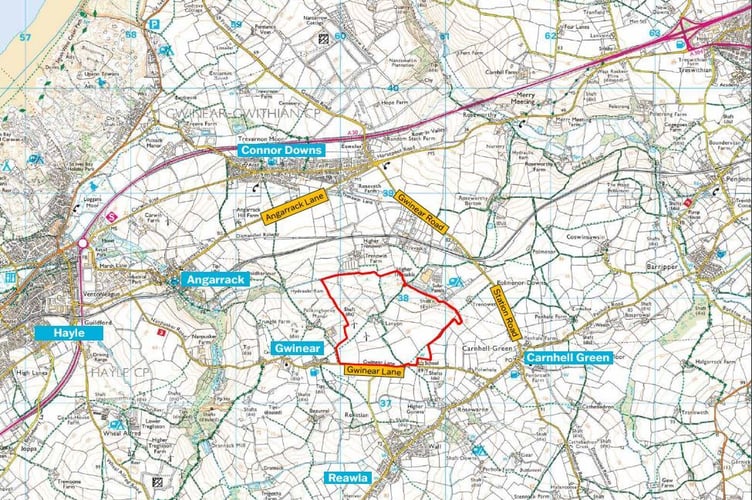
He said land in the area is used by five or six big agricultural companies. He said they couldn’t air their concerns publicly about the application as they’re scared they won’t get further land allocation from landowners who are applying for solar applications.
“One company alone’s employment bill is £6.5-million – if you multiply that across the five or six, that’s £35-million of employment going into the local economy. What is solar going to give? Nothing. We’re devastating our local economy by rolling this out. How much is enough and when does it become too much?”
Gwinear-Gwithian Parish Council objected to the plan. Cllr Carl Gill, from he council, said: “Double cropping farmland like this is precious because these conditions are found in very few regions within the UK. You cannot eat solar panels.” Representatives from St Erth parish council, Hayle Town Council and local member Lionel Pascoe also spoke against the proposal.
Planning agent Ed Salter spoke on behalf of the applicant. He said Speedwell Solar would deliver multiple benefits including providing renewable energy to the equivalent of 12,000 homes, a 71 per cent biodiversity net gain and a car park and wildlife area for Gwinear Primary School.
He added that a search for land of a similar size in an eight kilometre radius from the network connection did not find any other suitable locations with poorer quality agricultural land. He stressed the solar farm would be temporary and reversible, and the land could still be farmed with sheep grazing during the operational phase.
Cllr Andrew Long poo-poohed the agent’s comments about sheep grazing on solar sites, saying he’d only ever seen one solar farm across the whole country with sheep on it. Cllr Peter Perry asked: “How do you justify 40 years as temporary?” He was told that’s how it’s defined in the planning system and it was a “short-term fix while we resolve this climate crisis we’re in”.
The landowners, Albertine and Geoffrey Leggo, are fourth generation farmers who bought their first farm in 1967 and purchased Lanyon Farm 1990. Mrs Leggo said she supported the proposal on her land because “it allows the land to rest and regenerate, and it enhances biodiversity. It provides sustainable renewable energy for our community. We don’t just grow food on this land, we also grow daffodils and crops for an anaerobic digester [a tank where bacteria breaks down organic waste]”.
She said they have improved the area by growing hedges and encouraging wetland areas. “However, these efforts can only go so far. Through the use of a solar farm we will be further reducing the intensity of farming on the fields, allowing important nutrients to return to the soil as well as significantly increasing the site’s biodiversity by over 70 per cent.”
Mrs Leggo added: “It is suggested that a significant amount of land is being taken out of food production. This is simply not the case. It is important to understand that we don’t have to think of solar energy and farming as a choice of either/or. There is more than enough land to achieve both energy and food security, allowing us to become self-sufficient as a nation.
“Renewable energy projects like Speedwell Solar Farm are vital for the livelihood and prosperity of future generations in Cornwall and the UK. A solar farm today does not mean we cannot have food production tomorrow.”
Cllr Rob Nolan said: “It’s a shame that the discussion boils down to electricity or food. If this was an application on the park and ride car parks in Truro we would have waved it through. I’m very proud that we produce 46 per cent of our own electricity now, but I don’t like the industrialisation of the landscape we’re seeing.” He thought that and the impact on local jobs could be a reason for refusal.
Cllr Andrew Long was concerned about the cumulative impact of solar farms across Cornwall as a whole, as well as the effect on nearby businesses. Cllr Alan Jewell argued that the land classification should also be mentioned in any refusal, despite the fact that it was thrown out as a reason at a previous planning inquiry.
The application was refused on a vote of ten in favour with none against and one abstention. Harm to the Grade II heritage buildings, including Lanyon farmhouse, and the change from post-medieval farmland to an industrial landscape were cited as reasons.
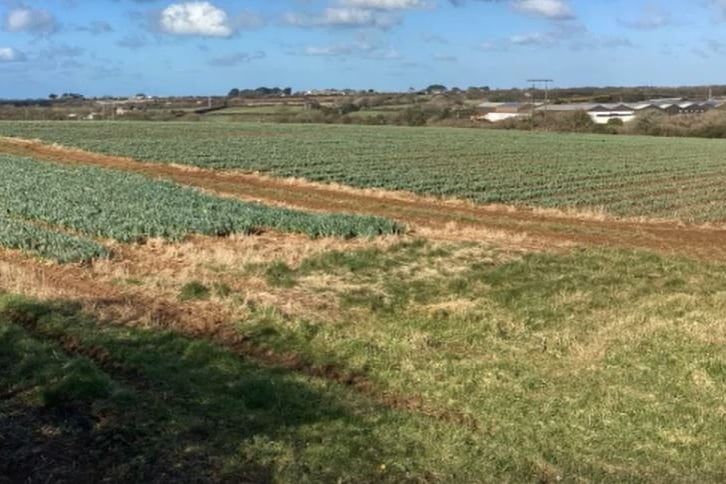
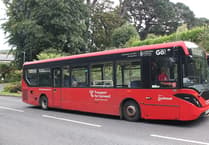
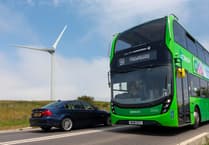
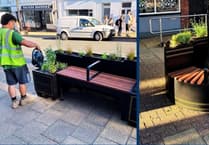

Comments
This article has no comments yet. Be the first to leave a comment.